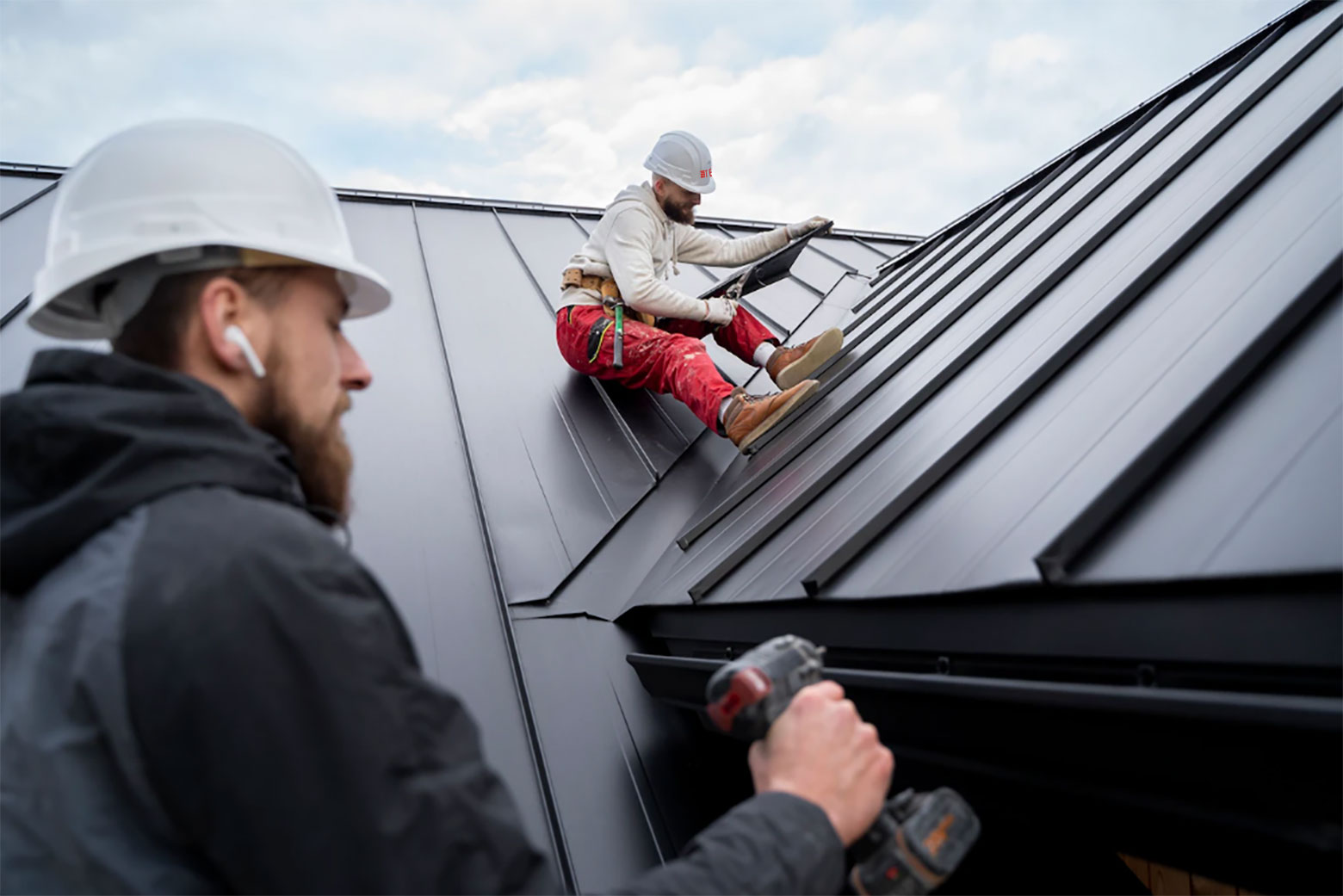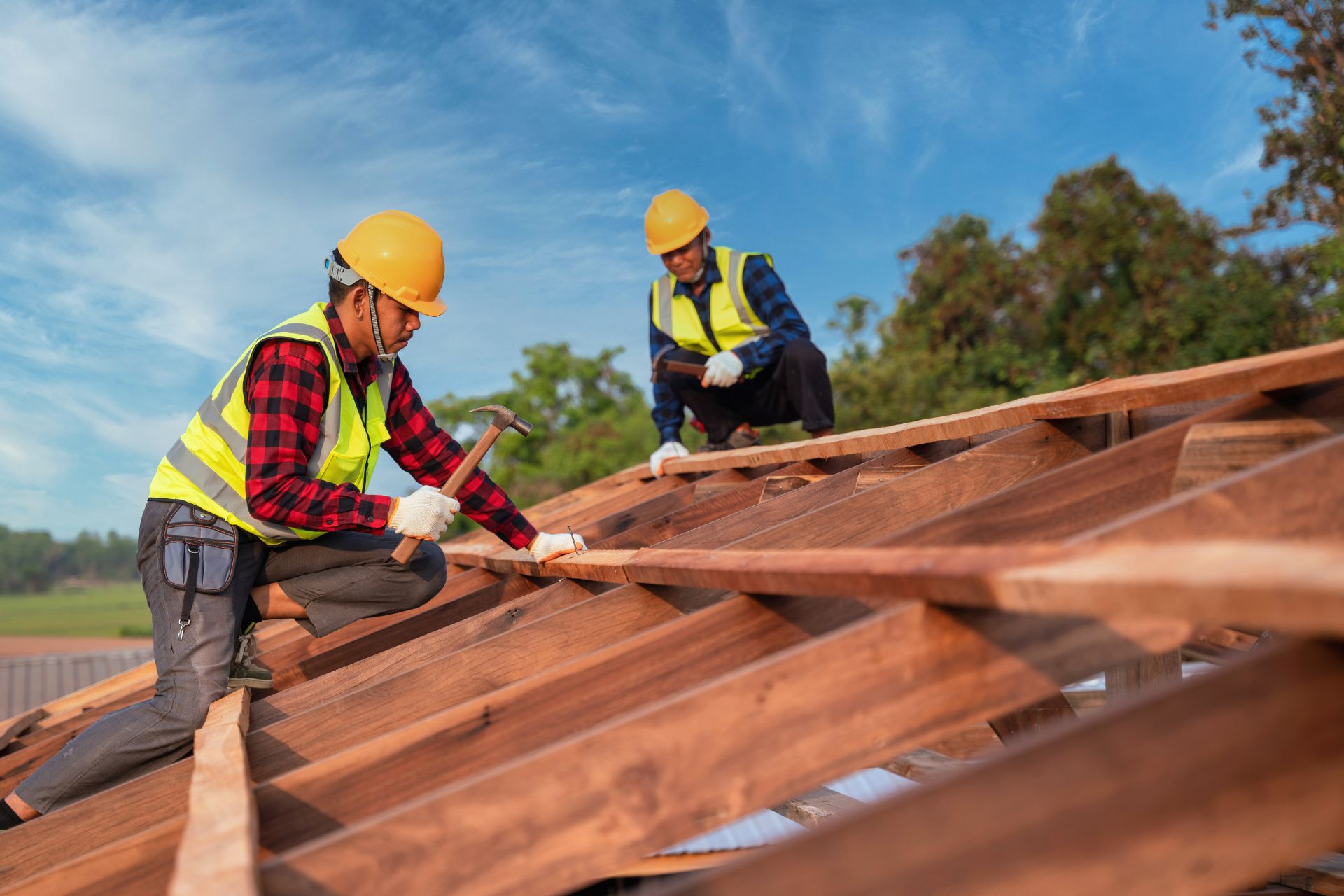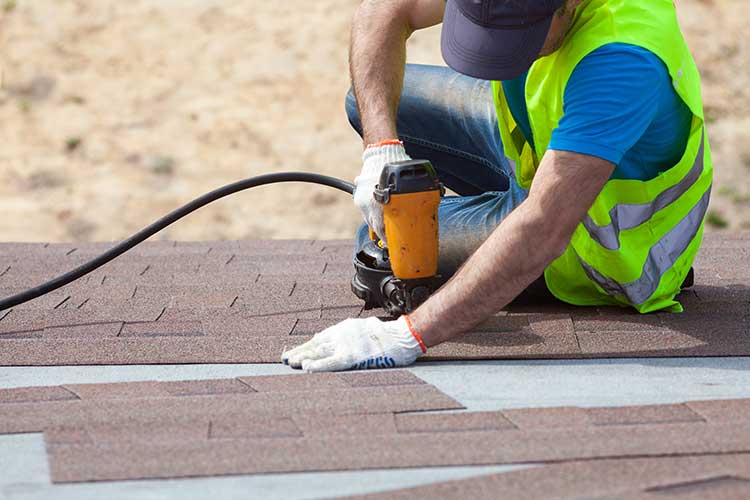Secret Factors To Consider for a Successful Roof Covering Installation: Attaining Long Life and Performance
In beginning on the journey of roofing setup, one have to focus on key considerations to guarantee both longevity and effectiveness. The option of materials, tailored to stand up to neighborhood environment problems, plays a critical duty in keeping structural stability. Similarly critical is the style, which must suit appropriate water drainage and offer appropriate assistance. Taking on best practices during setup can dramatically reduce prospective issues such as moisture build-up and energy inefficiency. As we explore these aspects, it comes to be apparent that a successful roofing system installation is not merely about covering a framework but regarding crafting a durable and lasting remedy. What are the crucial aspects that really make a distinction?
Choosing the Right Materials

Climate plays a critical function in material option. In areas vulnerable to hefty rains or snow, products like asphalt shingles or steel roofing with high water resistance are recommended. On the other hand, in warm climates, products with reflective residential properties, such as awesome roofing membranes or ceramic tiles, can help in reducing energy prices by deflecting sunshine.
Budget plan considerations also affect product selection. While premium materials like slate or clay tiles use lasting efficiency, they include greater upfront expenses. They can verify cost-effective over time due to their marginal maintenance requirements and expanded lifespan.
Lastly, the architectural design of the building need to integrate with the roof covering material. As an example, standard homes might take advantage of wood tiles, whereas contemporary frameworks might go with smooth metal surfaces. By thoroughly weighing these elements, you can select materials that straighten with both useful and visual goals.

Comprehending Roofing System Design
Recognizing roofing design is crucial in attaining a well-functioning and aesthetically pleasing structure. The design of a roofing influences not only the aesthetic charm but additionally the structural stability and functionality of the building. An attentively made roofing can boost the overall architectural style while making sure efficient water drainage, insulation, and air flow.
Crucial element of roof layout include the pitch, form, and structural support group. The pitch, or incline, establishes just how successfully water and particles are dropped from the roofing system surface, affecting the life expectancy of roof covering products. Usual roof forms consist of gable, hip, flat, and mansard, each offering distinct benefits and visual top qualities. Gable roofing systems are popular for their simplicity and efficient water shedding, while hip roofings supply exceptional security in high wind areas.
Architectural assistance systems, such as trusses and rafters, are critical in distributing weight and keeping the roofing system's integrity. Correct design makes sure that the roof can hold up against ecological loads and stand up to contortion. Additionally, integrating attributes like overhangs and eaves can safeguard the structure's façade and improve energy performance by giving shade and decreasing heat gain.
Ultimately, a well-considered roof layout equilibriums form, operate, and toughness, adding to the long-term success of the installment.
Climate Considerations

In warm and bright environments, roof materials need to reflect, rather than absorb, solar warmth to preserve power performance and avoid excessive thermal growth, which can bring about product degradation - Keep go to this web-site Dry Roofing St Peters MO. Alternatively, in cooler areas, products should offer adequate insulation to avoid heat loss and stand up to freeze-thaw cycles that can cause breaking and other architectural problems
Moreover, the selection of shade and coating can considerably affect a roof's thermal performance, particularly in locations with severe temperature level variations. Local building regulations usually provide advice on appropriate materials and styles, reflecting local environment concerns. A thorough understanding of weather problems is crucial for selecting materials and designs that make sure a roofing system's optimum performance over its life expectancy.
Setup Best Practices
Reliable roof covering installment is an important element of making sure long-lasting durability and efficiency. Following ideal techniques during installment not just safeguards structural honesty however likewise decreases expensive future fixings. Firstly, selecting the right products is extremely important. Using premium visit homepage roof shingles, underlayment, and flashing customized to the details environment and building design will boost the roofing's durability.
Just as crucial is the prep work of the roofing system deck. Guaranteeing that the deck is clean, completely dry, and structurally sound prior to installment protects against difficulties such as leakages and early wear. Proper air flow is another crucial consideration, as it reduces wetness accumulation and thermal stress, thereby prolonging the roof's lifespan.
Precision in measurement and placement during the setup procedure is essential. This involves precise positioning of tiles and precise attention to overlapping, which prevents water access. Utilizing professional, competent labor guarantees these standards are fulfilled, lowering the threat of errors that might compromise the roof's performance.
Energy Performance Methods
Enhancing a roofing's energy performance is a calculated factor to consider for lowering power expenses and environmental impact. By picking proper products and innovations, homeowners and contractors can substantially boost the thermal performance of a roofing system, therefore reducing power consumption. One of the key techniques entails the usage of reflective roof products, which deflect even more sunlight and soak up much less heat. This can result in a considerable decrease in cooling expenses, especially in warmer environments.
Furthermore, the consolidation of ample insulation is critical in avoiding warmth transfer between the inside and outside of a structure. Insulation materials with high R-values, such as spray foam or stiff foam boards, work in preserving a regular interior temperature, consequently optimizing heating and cooling system performance.
Additionally, the integration of photovoltaic panels on rooftops not just produces sustainable power but can additionally provide color, further minimizing websites heat gain (Keep Dry Roofing St Peters MO). Advancements like cool roofing systems, which use finishes to mirror more sunlight, are also gaining appeal for their capacity to lower roofing temperatures
Conclusion
Finally, achieving an effective roofing system setup demands a thorough method that integrates the option of top quality products tailored to specific climatic problems, thoughtful design factors to consider for ideal water drainage and structural stability, and adherence to careful setup practices. These components collectively make sure the prevention of moisture build-up and thermal tension, thus enhancing the roofing's durability and efficiency. Integrating approaches to boost energy performance further contributes to decreasing upkeep demands and decreasing energy usage over the roofing's life expectancy.